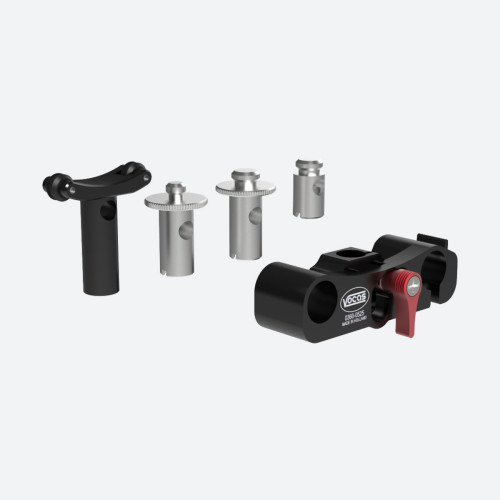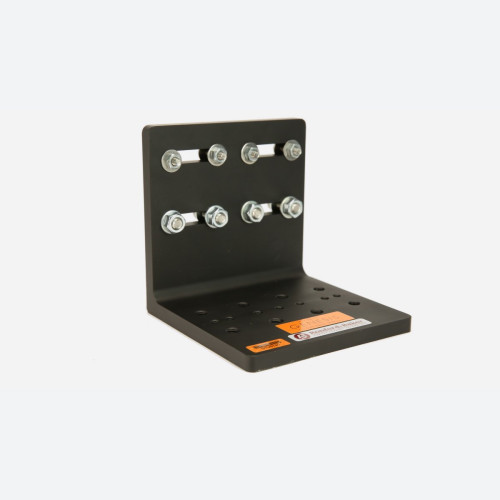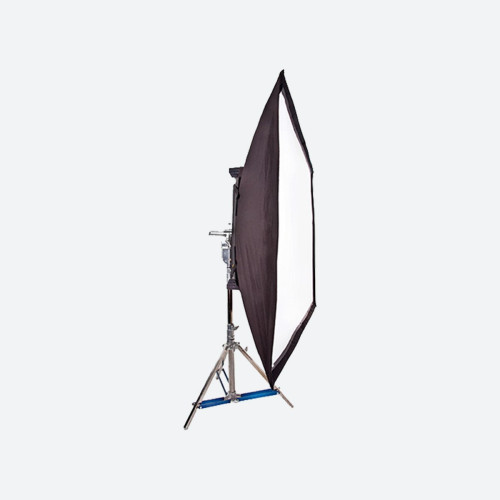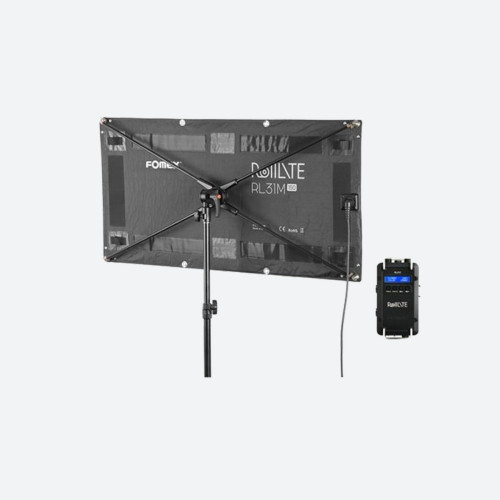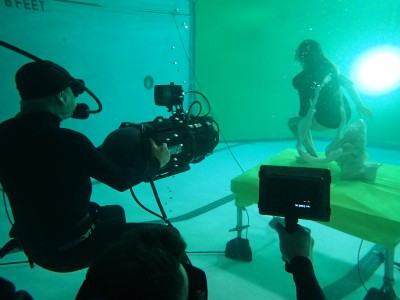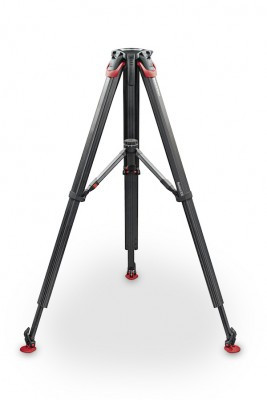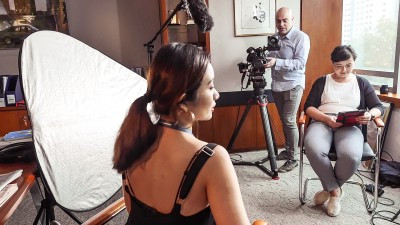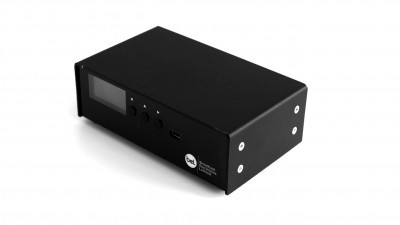Getting back to basics on HOW TO CHOOSE YOUR GRIP AND SUPPORT SYSTEMS

Author: Bob Pank#
Published 1st March 2012
When looking to purchase grip and support systems there are now a variety of different options available to the dedicated cameraman and this potential minefield of different equipment, at varying prices, can seem daunting and confusing at first. What’s the difference between a shoulder support, steady mount and a stabilizer? Are slide rail systems really the best tracking option for my camera? Can I put a DSLR on that mount? Initially it is imperative that you start by asking yourself a few questions about what you are hoping to achieve and what kit you currently have which you may be able to utilise. This will help you to narrow down the options and allow you to start selecting equipment which would actually benefit your requirements as opposed to wasting time looking at products which are not going to be suitable. Asking yourself the following questions before starting should help you to maximise you search potential and ensure you get the correct kit.
What camera am I planning to use and what is the total weight when fully loaded?
This is one of the most important questions to ask yourself before you even start looking at grip and support systems but unfortunately it is the biggest mistake people make. It is unbelievable the amount of times each day we ask customers what the total weight of their camera set-up is when fully loaded and they have no idea. Most support systems have a maximum weight they can support and if you don’t know the total weight of your camera set-up then you may well be looking at items which are not even suitable. The total weight of your camera set-up is not the weight listed in your camera manual either, it is the total weight of the camera and everything attached to it so the best option is to pop it on a set of scales. For example a Canon 5D is only 810g (body only) but once you add a lens, a microphone, a light, a battery pack, that weight will most likely have doubled and as a result the suitable support systems will have changed too.
What budget do I have?
There are some wonderful pieces of equipment available these days but there is little point looking at items which are above £1000.00 if your realistic budget is £250.00. It is also important to remember that there are lower cost options which can do the same job as some of their more expensive counterparts which could allow you greater flexibility in your kit. If you are looking at lower cost options though I would recommend purchasing from an established and respected company rather than wasting money on equipment which is not well designed or manufactured.
Should I spend money on a tripod?
Yes. After spending a lot of money on a new camera there can be a temptation to buy a cheap tripod but I would always recommend investing in a good quality tripod which can be a long term base for you camera. Remember a decent tripod could potentially be used to mount a slider rail or a jib in the future and a will provide you with smoother movement when the camera is mounted.
What current equipment can I utilise?
If you are looking to purchase new equipment it is often helpful if it is compatible with equipment you already own. If you are looking to purchase a jib you may decide that you would like to utilise the sturdy tripod you already have as part of your kit instead of buying a jib which comes supplied with its own stand. If you have a Manfrotto monopod which has a quick release camera set-up and are looking at stabilizers you may wish to buy a compatible quick release adaptor so that you can quickly interchange from one to the other. If you are buying a Camslide tracking system would it be worth getting the 58C Camslide Collar which would allow you to use that Lighting stand which has been sat dormant in the garage for the last year? It would certainly be cheaper than a new tripod.
What am I trying to achieve?
There is no point buying a car mount if you want to capture some stabilizer footage and there is not point buying a shoulder support if you want to create some smooth flowing jib shots. Now this is obviously a bit extreme but the point is a serious one. If you have an idea of the type of shots you want to achieve try to select equipment which would be suitable and research these products. Staying focused will help ensure you end up with the correct equipment.
Can a DSLR be used?
Most video camera grip & support systems are suitable for both DSLR and video cameras although there are now a variety of rigs which have been designed specifically for DSLR cameras. With DSLR cameras it is important to check the total camera weight when fully loaded and with some set-ups you may find that the camera is not centrally balanced. This can be overcome with a Balance Correction Adaptor and Hague Camera Supports offer a couple of low cost options depending on the adjustment required.
Stabilizers, Steady Mounts & Shoulder Supports, what’s the difference?
It depends on the shots you are trying to achieve as to which of these mounts would be most suitable for your requirement and there is often a bit of confusion as to which product is which and what they are designed to do. Shoulder mounts are primarily designed to give you additional support and help distribute the camera weight more effectively. They are usually used for stationary work as an alternative to a tripod or monopod. A steady mount helps you achieve more stability when moving around with a camera as they allow you to get a more natural holding position. Although they won’t provide that full floating effect that a stabilizer can deliver they are quicker to set-up and can be more easily used in windy conditions. Popular steady mounts include the Manfrotto Fig Rig and Hague Camframe range. Stabilizers allow you to get that true floating effect and, with practice, will allow you to take your filming to the next level. The variety of stabilizers available today is vast from the full body harness Steadicam set-ups through to small stabilizers like the world famous Mini Motion Cam for small handheld cameras.
What is all the fuss about sliders?
The camera slider phenomenon has really exploded in recent years and more and more people have invested in these useful rail systems. Being small, compact, versatile and easy to set-up has made them extremely popular and the leading brands such as Glidetrack and Hague Camslide now have a variety of different systems depending upon the type of rail you want, the bearings the carriage uses and the type of camera you are using. Although I would agree that these are great pieces of kit I would still consider other systems such as tripod tracking dollies, ride on systems and the neat mini table dollies depending on the shots you are hoping to achieve, the location and the equipment being used.
Mark Scotton is the Sales Manager for Hague Camera Supports and for the Cameragrip online sales site which ensures an in depth knowledge of the grip market. Hague Camera Supports design and manufacture a variety of camera support systems and Cameragrip.co.uk sell a wide range of camera equipment from some of the world’s leading brands.
Further information on grip and support systems can be found at www.cameragrip.co.uk where you will find a variety of products from the major brands within the industry.




